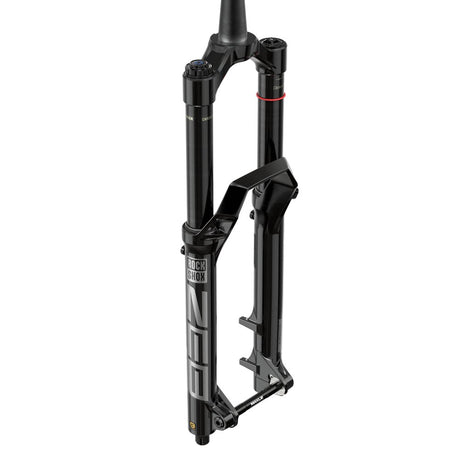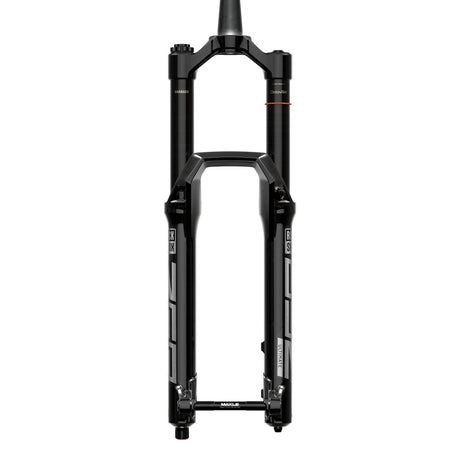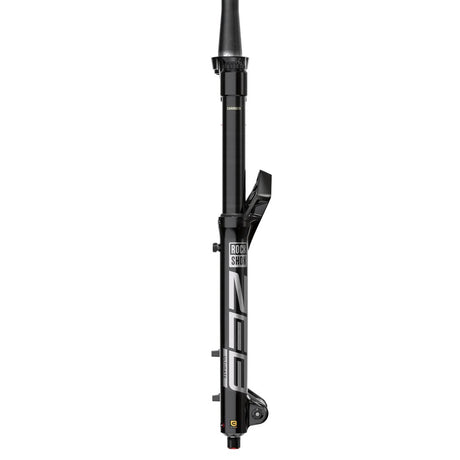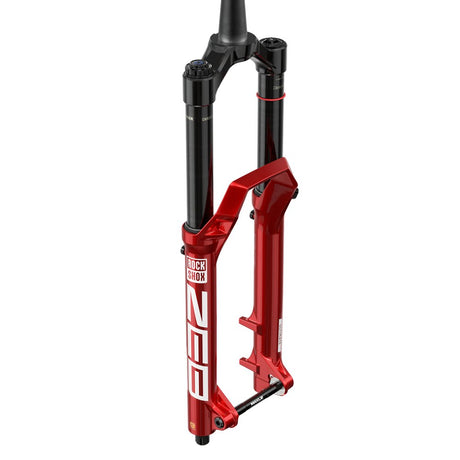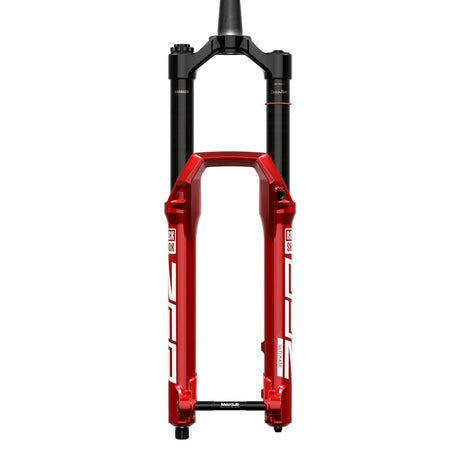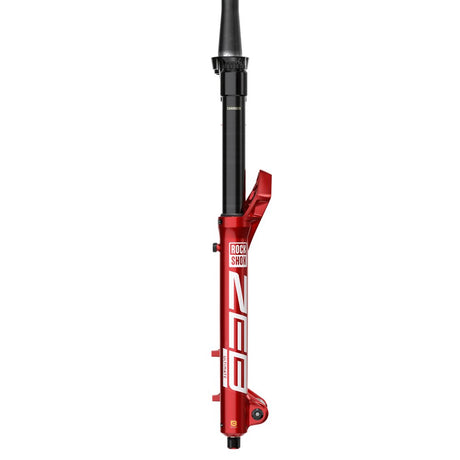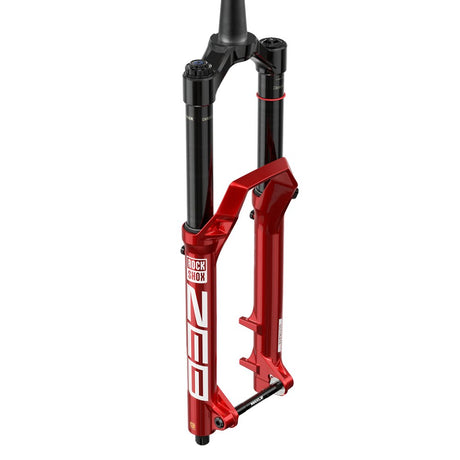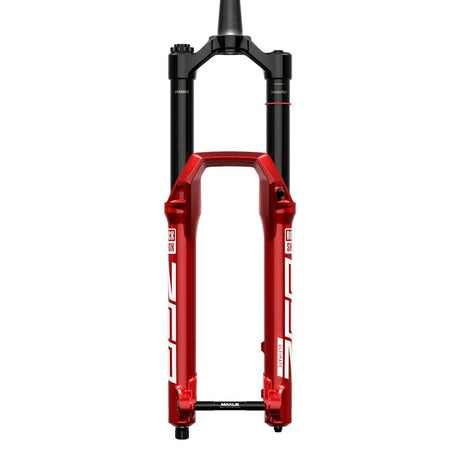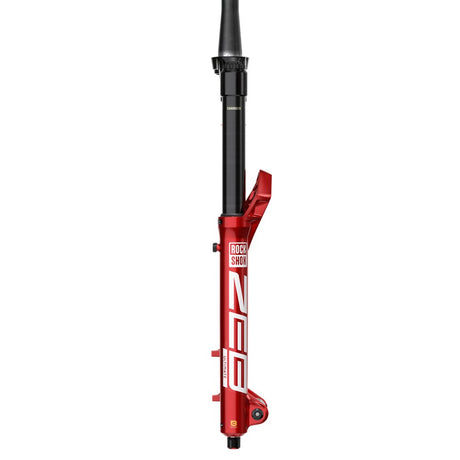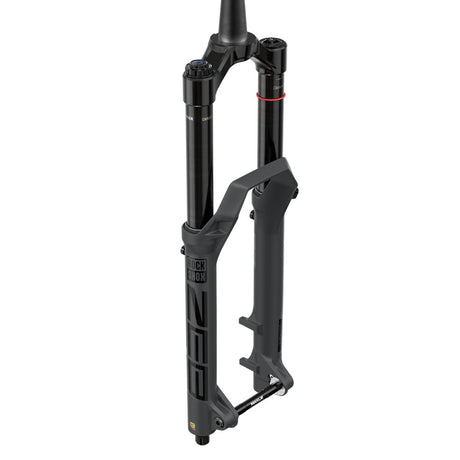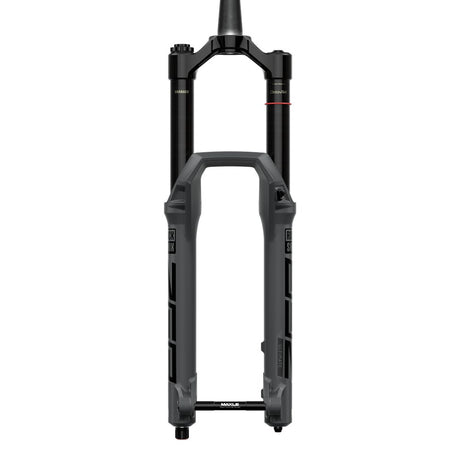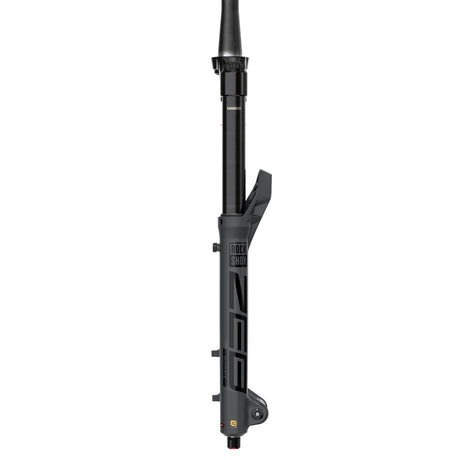Intro
With several brands offering premium products that can hold up to the most abuse of modern mountain biking, and each new iteration claiming to make massive gains over the former generation, it feels like we’re in a golden age of mountain bike suspension. They’re always claiming to be lighter, stiffer, suppler, more adjustable - more everything! But can this always be the case? Let’s take a look at RockShox’s burliest single crown offering, the ZEB.
The original ZEB A1 debuted back in 2020, and the completely redesigned ZEB A2 came out in 2022, boasting all those same promises I talked about a second ago. I rode the original ZEB Ultimate for about a year and have been on the new ZEB Ultimate for six months, so let’s look at what sets them apart and whether or not you should upgrade if you have that first gen ZEB. This begs just one question...
Is this just another incremental upgrade, or is there a meaningful improvement in performance?
RockShox ZEB Ultimate A1 & A2 At A Glance
ZEB A1
- Charger 2.1 RC2 Damper
- DebonAir Airspring
- 150-200mm Travel
- Gloss Black or Slab Grey
ZEB A2
- Charger 3 RC2 Damper w/ ButterCups
- DebonAir+ Airspring w/ ButterCups
- 150-190mm Travel
- Pressure Relief Valves
- Gloss Black or Slab Grey
Similarities
On the outside, they look almost identical, with 38mm stanchions, the same two colorways, and the same graphics.
You’d be forgiven if you missed the little air bleeder buttons on the back of the lowers or the redesigned compression adjusters on the top of the right leg - the only two distinguishing features of the new ZEB. In reality, it’s all new from top to bottom; the chassis, air spring, and damper are all hot off the press. There’s lots of tech to talk about there, but we’re going to focus on how the forks actually feel on trail, because that’s what really matters at the end of the day, right?
Both forks offer plenty of stiffness on trail, especially when compared to forks with narrower stanchions. Considering both versions have been getting used at Rampage the last couple of years, I don’t think anyone is going to say that either generation of the ZEB chassis isn’t up to the challenge. Neither of them feels more or less stiff than the other, but if you’re coming from a smaller diameter stanchion chassis, you’ll notice that these forks are much more willing to hold a straight line through chunky terrain and are noticeably smoother through compressions in turns.
Differences
That’s about all of the similarities between these two models of ZEB, and the performance difference of the two forks is immediately noticeable on trail. Our first difference is in the air spring.
DebonAir Airspring
The ZEB A1 using the DebonAir spring and the ZEB A2 using the DebonAir+ spring. Both are great air springs, and the difference between them is similar to a Super Deluxe with a standard air can versus one with the MegNeg air can. A larger volume in the DebonAir+ spring gives the fork a more supported mid stroke and helps you ride higher in the travel, while the DebonAir spring wants to ride a bit lower in the travel and ramp up more in the end stroke.
While riding the ZEB A2, this was the first feature I noticed when dropping into the first descent, and it felt like I had more travel than the ZEB A1 because the fork was riding on top of that mid stroke support rather than relying more on the end stroke ramp. With the fork staying higher in the travel, your bike stays closer to its static geometry and keeps a slacker head angle, which gave me a noticeable amount of confidence when skittering through steep sections of trail.
Noise
Right after noticing how high the fork stayed in its travel on the ZEB A2, I noticed that my tires on the dirt sounded way louder than before, and that’s because they weren’t being drowned out by the whooshing sounds every other fork makes when rebounding. The Charger 3 damper has a “silencer” on the rebound circuit, which renders the fork tantalizingly silent. I never realized how much noise my perfectly functioning ZEB A1 was making before trying the A2, and while it may be a bit vain, the silence is almost enough reason for me to make the upgrade to the A2 alone.
Tick Marks
Atop the Charger 3 damper, you’ll find the high and low speed compression adjusters just like on the Charger 2.1, but they take a different form. With tick marks on the outside of the adjusters, there’s no more guessing how many clicks of compression you’re running, which is pretty sweet if you’re a chronic tinkerer.
Compression Clicks
Another welcome change is making each click of compression and rebound make a noticeable difference in trail feel. Instead of needing to adjust a couple clicks at a time, each click actually makes a big difference in how the fork performs, which allows for fewer total clicks of adjustments to get lost in.
ButterCups
Hand pump is something every rider dreads, and is often caused by those repetitive mini impacts from trail chatter that get transmitted through the fork right to your hands. ButterCups are RockShox’s solution to this, and while this change wasn’t very noticeable during typical trail riding around Bellingham, this was seriously apparent during laps at the Whistler bikepark.
Brake bumps were significantly less fatiguing that before, and kept my hands feeling fresher for longer. Park rats who are going to be hanging around the chairlifts all summer are going to seriously appreciate this feature, as it really does lets you tolerate those braking bumps for a just a biiiiit longer. The bleeder valves also help keep the fork responsive during the big altitude changes you’ll go through at a bike park, equalizing the pressure after riding the chairlift up 4000 feet.
Summary
So to answer our question, is this just another incremental upgrade? Or for those of you with the ZEB A1, is it worth it to upgrade to the A2? The good news for those of you with the A1, is that the new DebonAir+ spring and Charger 3 damper are compatible with your fork, so if the features of either of those two stood out to you specifically, you can pick and choose your upgrades and save a little bit of cash. For those of you who want to sneak down the trail without your fork making a peep, the ZEB A2 is unbeatable. If you need to keep those hands fresh for lap after lap in the bike park, then the ButterCups in the DebonAir+ spring and Charger 3 damper are going to take the edge off.
All of these updates make the ZEB A2 MORE than just an incremental upgrade over the A1, and if you’re in the market for a 38mm stanchion fork, I recommend this fork over any other offering. For those of you with the ZEB A1, upgrading those internals to the ButterCup equipped damper and airspring from the A2 is a worthwhile investment if you’re looking for increased performance across the board, and you will notice an immediate improvement the next time you drop in on your local trails.

